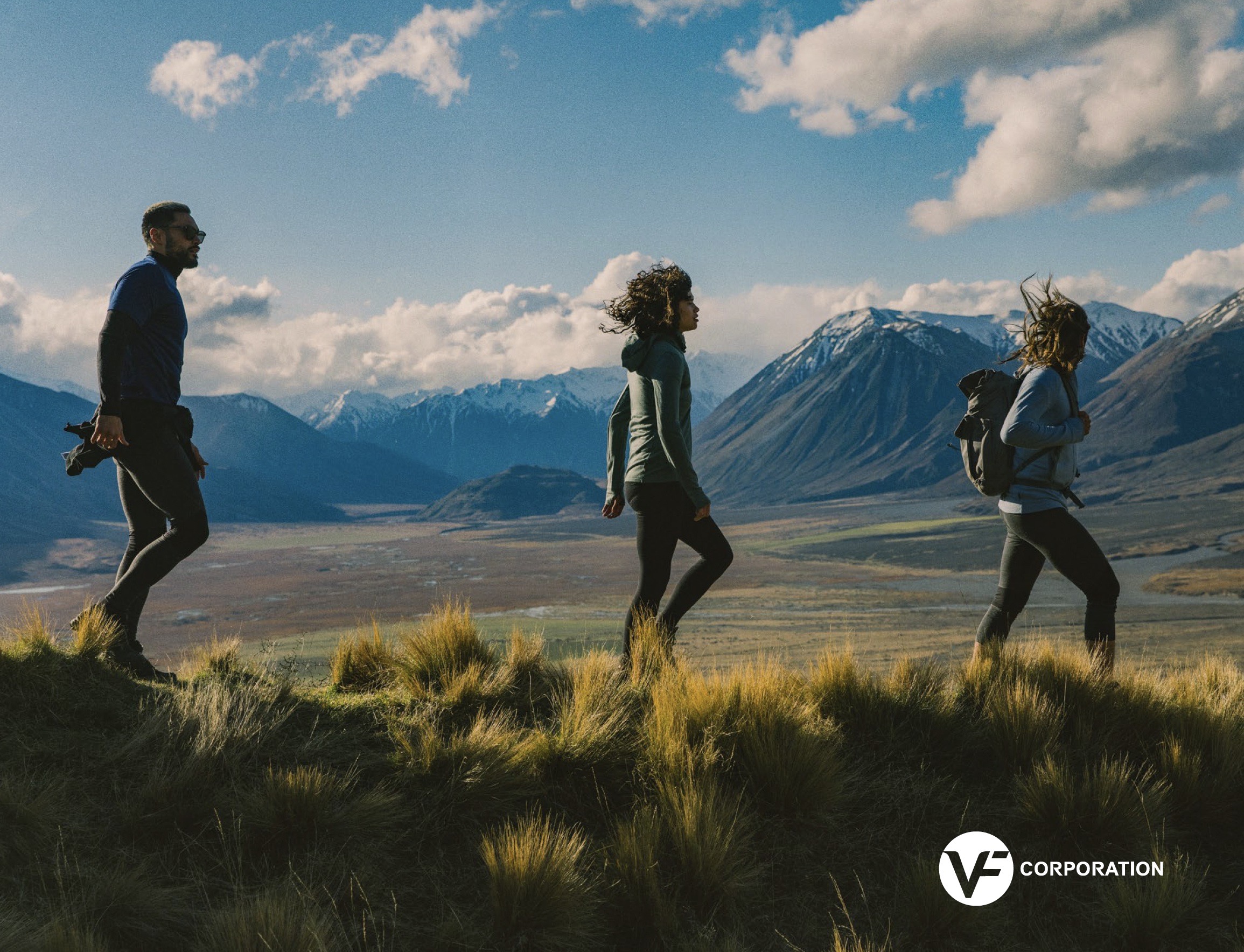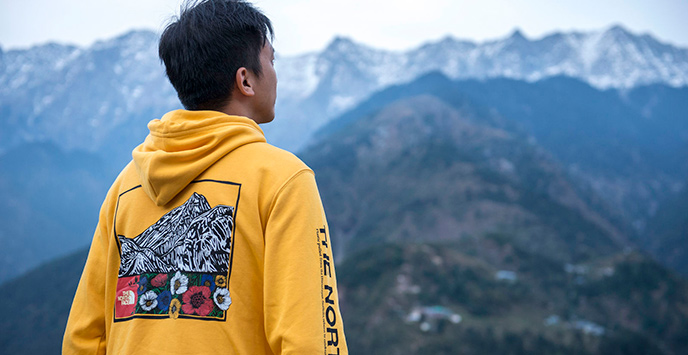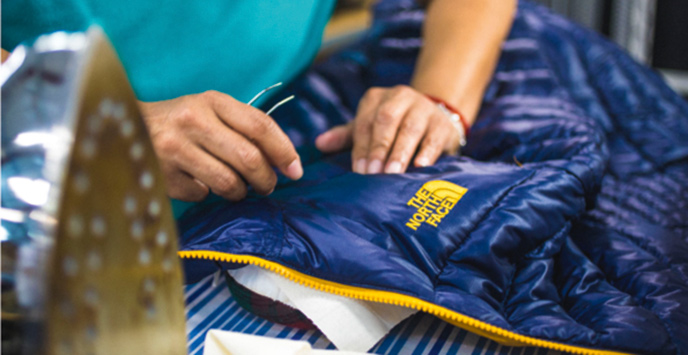VF Corporation (global parent company of iconic brands Timberland and Vans) recently released its latest Made for Change report (linked at the bottom of this article). This report features the company’s efforts to consistently adhere to sustainability and priority service to the community. VF is one of the world’s largest apparel, footwear and accessories companies. Moreover, this report emphasizes what it means for VF to be a leader in an industry that prioritizes its people, products and the planet.
Over the past few years, there have been many disruptions with the COVID-19 pandemic. This has made it hard for companies and workers to manage as effectively as once before. Through this all, VF has not only prioritized the communities it serves but its workers as well.
As Denver fashion expands, our awareness and practice of sustainability measures continue to increase, deeming importance. VF, as a local Denver business, has continued to demonstrate how best to practice sustainability and best practices for workers and the surrounding communities. For the past several years, VF has released its Sustainability & Responsibility report outlining its improvements from year to year. This year, they have triumphed with their efforts in regards to the COVID-19 pandemic largely in consideration.
Jeannie Renne-Malone, the VP of Global Sustainability at VF, discusses spreading light on their commitment to classifying positive change around the world.
It is important to be sustainable in fashion for a multitude of reasons. Renne-Malone emphasizes that VF hones in on what materials they use to make products across all the VF brands. According to Renne-Malone, they focus greatly on where their raw materials are sourced and how they produce. Moreover, this will help to dodge environmental and social impacts that could be considered negative.
“Taking these steps is essential to our core purpose. We strive to be more than just an apparel and footwear company. Collectively, we work to be a leading global citizen, setting a high bar for corporate sustainability and responsibility,” explained Renne-Malone.
Most recently, VF and its family brands now work with what is called regenerative agriculture. This system is a technique for how raw materials that go into VF’s products are sourced. According to Renne-Malone, this technique has been used in the food industry for quite some time. However, it is new for the apparel industry.
“We tend to only think about agriculture when it comes to food. However, many of our materials for clothing come from the same sources. This includes cotton, hemp and sugar cane,” stated Renne-Malone. “Regenerative agriculture refers to farming methods that are more holistic. They can also increase carbon sequestration in soil to help reduce carbon in the atmosphere.”
Over the COVID-19 pandemic, many companies and their employees were, and still are affected across a full spectrum. Attributes such as sales volume, managing business and the overall safety of employees are just a few of the concerns faced. One thing VF implemented is the “people-first” decision. Renne-Malone goes into further detail about what this entails.
“We kept people at the heart of our decisions during the COVID-19 pandemic, implementing our ‘people-first’ approach. We could move quickly and pivot resources to support workers and their families as we learned to navigate this new normal,” said Renne-Malone.
This year, VF released its fourth Sustainability & Responsibility report. This report further highlights how the pandemic impacted marginalized communities on an unequal spectrum.
Going off of this, VF ensured their workers and their communities received support through any pandemic-related concerns. For example, VF works with nonprofit workers in order to educate them on health and safety standards. Nonetheless, they want to provide the community with meaningful services as well. Renne-Malone explains how these partnerships enabled them to quickly maneuver to support any pandemic concerns. These concerns ranged from social distancing, hygiene, etc.
VF strives to bring positive change not only to the local community but around the world as well.
“VF aims to improve the lives of one million workers and their communities by 2025. In addition, two million lives by 2030 in collaboration with our partner factories. Our “Worker and Community Development” (WCD) program is the main driver for this effort,” stated Renne-Malone.
This program enables safe working environments in factories where VF products are produced. They aim to provide the resources and knowledge to workers so they feel protected and healthy in the environment they are in. Furthermore, VF strives to help local populations as well. By establishing local needs and key aspects such as adequate health and nutrition, this program can improve the lives of workers and their communities long term.
“The program has positively impacted nearly 550,000 people since inception through interventions in vulnerable communities. We hope that demonstrating the business benefits of prioritizing people will encourage others to do the same,” explained Renne-Malone.
VF has a few goals set in place for what they hope to achieve for both the planet and their products.
By 2025, they plan to utilize 100% renewable energy across their owned and operated facilities. Moreover, by 2050, VF hopes to have zero emissions. So far, they are reducing their emissions by focusing on supply chain. According to Renne-Malone, their greenhouse gas emission targets were approved by the Science-Based Targets Initiative.
Product, on the other hand, has a few strategies set in place as well. “When it comes to product, as of FY 2020, we have trained our product designers and business executives in circular economy principles. We are invested in educating the next generation of fashion designers to innovate for a more sustainable future in mind,” explained Renne-Malone.
Top materials such as rubber, polyester and cotton are players in the sourced materials through VF. One goal they have is to decarbonize their value chain by 2030. Moreover, according to Renne-Malone, they want to produce their top nine materials (by spend and impact). Materials such as leather, cotton, rubber and more are a part of the 90% of the products used. There are many applied steps that will be taken into consideration to achieve this goal. In addition, VF is working with a full spectrum of partners.
Aside from this goal, VF also has a few other materials-faced goals as well. “We have achieved our goal that by 2021, all VF footwear leather will be finished in Leather Working Group (LWG) audited tanneries,” stated Renne-Malone. “Other materials goals include sourcing all cotton purchased by VF grown in the U.S., Australia or under a third-party cotton-growing sustainability scheme. Additionally, we aim to have 50% of polyester come from recycled materials by 2025.”
The fashion industry has long been unsustainable with regard to the effects of fast fashion. For decades, detrimental methods of sourcing, manufacturing and consuming have been used to create apparel products. Consumers have been encouraged to buy and discard clothing quickly resulting in both environmental and social impacts. Nowadays, companies such as VF have made it their mission to create long-lasting and quality products to ensure the most responsible efforts are made. VF is an organization that strives to not only be an apparel and footwear company but to create meaningful change around the globe as a whole.
All photography by VF Corporation










I worked at VF. My boss used to enjoy going on racist rants and HR did nothing about it. Not only that, but it was only a few years ago that VF was caught using Uighur slave labor in their supply chain. Terrible company with a broken moral compass – fluff pieces won’t change their image.